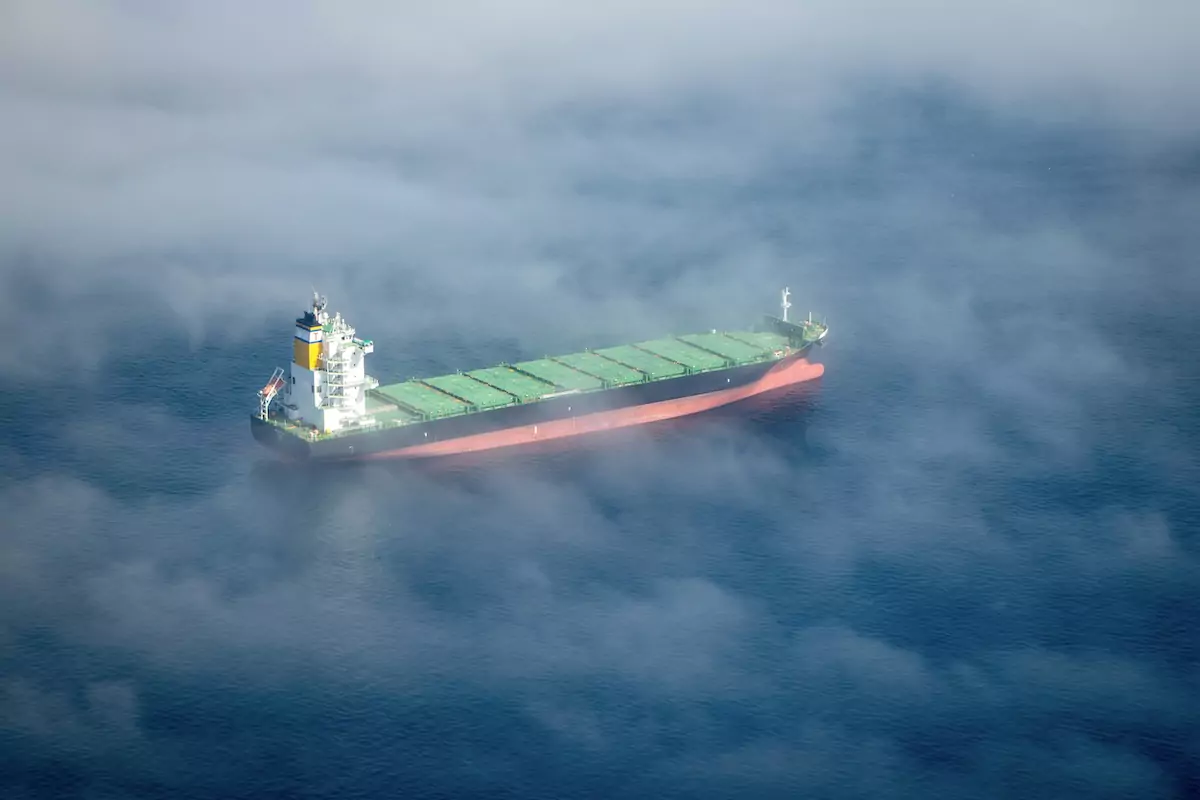The UN Ocean Conference in Nice opened with a decisive move toward global ocean governance, as 18 countries formally ratified the High Seas Treaty, marking the biggest single-day advancement for the agreement since its adoption. French President Emmanuel Macron used the moment to announce that the treaty, which aims to regulate and protect international waters, could come into force as early as 1st January 2026.
The surge in support at the Nice summit brings the total number of ratifications to 49, just 11 short of the 60 required for the treaty to take legal effect. Nations from across continents, including Guinea-Bissau, Tuvalu, Croatia and Jamaica, confirmed their commitment during the high-level gathering. Macron told delegates that 55 ratifications are now complete, with an additional 15 under way and more expected by year’s end.
“This means the treaty could enter into force on 1st January of next year,” said the French President. “We would finally have an international framework to regulate and administer the high seas.”
See more: Monaco first in EU to ratify UN High Seas Treaty on protections outside national jurisdictions
Rebecca Hubbard of the High Seas Alliance called the milestone “a tidal wave of hope” and a turning point for marine conservation. She added that with only a handful of ratifications left, it is now only a matter of weeks before the agreement can move forward.
EU unveils €40 million lifeline for treaty implementation
The European Union, a key driving force behind the treaty, used the occasion to announce a €40 million pledge to help countries ratify and implement the agreement. The funding will support efforts in African, Caribbean and Pacific nations, many of which face resource limitations when transitioning treaty commitments into domestic law.
“We all know the treaty is a crucial instrument to protect our ocean beyond borders,” said European Commission President Ursula von der Leyen during the opening session. The EU was joined by six of its member states in finalising ratifications just ahead of the summit, following earlier endorsements by France and Spain.
Costas Kadis, European Commissioner for Oceans and Fisheries, added that the EU would also work with global partners to ensure strong, science-based implementation of the treaty through the Global Ocean Programme.
What the High Seas Treaty will change
Officially named the Biodiversity Beyond National Jurisdiction (BBNJ) agreement, the High Seas Treaty was adopted in 2023 following nearly two decades of negotiations. It is designed to introduce legally binding protection for marine areas beyond national boundaries—regions that cover almost two-thirds of the world’s ocean.
Currently governed by a patchwork of sectoral rules and regional agreements, these waters have long remained vulnerable to overfishing, pollution and the looming threat of deep-sea mining. The treaty will empower countries to establish marine protected areas, require environmental impact assessments, and coordinate scientific activities in international waters for the first time.
Megan Randles of Greenpeace described the treaty as “our best chance to rein in the wild west of the high seas” and to safeguard ecosystems that are vital to climate stability and marine biodiversity.
Countdown to implementation
Once the 60th ratification is deposited, the treaty will enter into force 120 days later. This would trigger the first Conference of the Parties (COP1), where countries will meet to begin establishing the institutions needed to enforce the agreement—ranging from monitoring systems to decision-making bodies and enforcement mechanisms.
With political will intensifying and new funding on the table, Nice may well be remembered as the moment the tide truly turned in favour of the ocean.
See also:
“The ship has reached the shore”: 52 countries agree to monumental Treaty of the High Seas
Monaco Life is produced by a team of real multi-media journalists writing original content. See more in our free newsletter, follow our Podcasts on Spotify, and check us out on Facebook, Instagram, LinkedIn and Tik Tok.
Photo credit: Marlin Clark, Unsplash
